Whether you’re planting a container for a covered porch or need a plant that will thrive in a shade garden, we’ve got ideas for you. We appreciate that there are so many plants that thrive in full sun, especially given the sweltering, «all sun all the time» climate of Southern summers. But sometimes, a shady plant is just what’s needed. Shade plants can nestle beneath trees or in cool, low-light gardens and still thrive.
Our favorite shade-loving plants have striking foliage and bright blooms, both of which add much needed vibrancy to dim areas. On our list of the shade plants we love, we’ve included evergreen shrubs like azaleas and boxwoods as well as seasonal bloomers such as begonias and hostas.
Whether you’re looking for a hedge or a container plant, a low-maintenance rock garden planting or an indoor flower for a hanging basket, we have the shade plant for you. Plant something new from this list and make a shady area your next favorite spot in the garden.
Azalea
Scientific Name: Rhododendron
One of the best shade shrubs for big garden color, azaleas have bright green evergreen foliage and funnel-shaped spring and summertime flowers in shades of white, red, and pink. Some native azaleas are deciduous and lose their leaves in winter. Azaleas grow best in dappled sunlight under trees.
Begonia
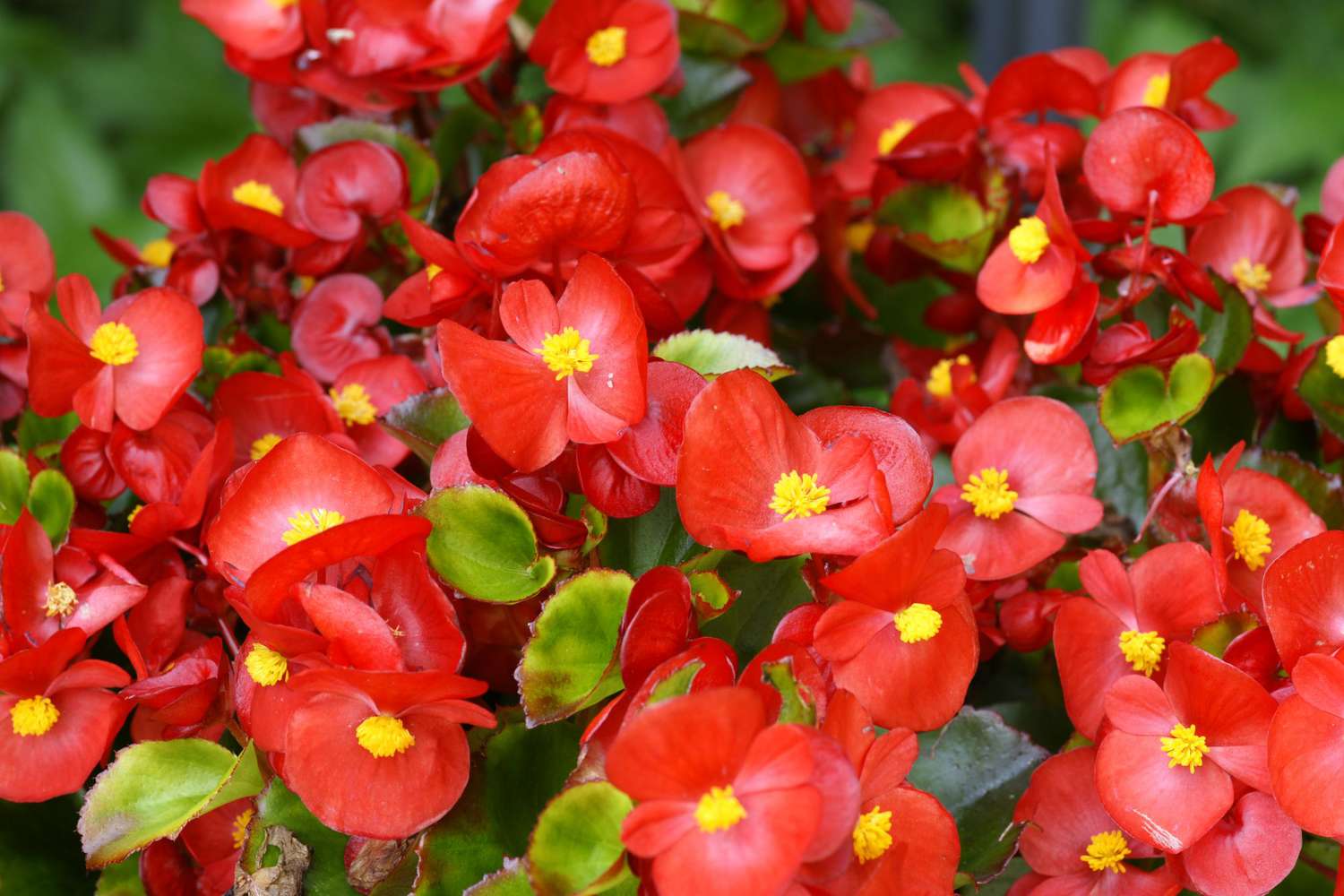
Scientific Name: Begonia
These plants, with their pretty blooms and shiny, deep green foliage, are popular plants for containers situated in the shade. Some begonias are grown for their striking, deeply veined foliage in shades of green, pink, purple, and white. Most begonias are only hardy in USDA Zones 8 to 11, and are grown as annuals or as a houseplant in bright, indirect light.
Boston Fern

Scientific Name: Nephrolepis
When in doubt, embrace the fern. Vibrant green fern fronds add texture and brighten up any shady corner. Nephrolepis exaltata «Bostoniensis» is a Southern-favorite. Hang baskets of Boston ferns for a time-honored, classic addition to the front porch. These evergreen ferns are hardy in USDA Zones 9 to 11, but can be brought indoors in winter.
Boxwood

Scientific Name: Buxus
These hedging shrubs are great privacy plantings, and they’re also lovely for borders because of their thick, lush, evergreen foliage. Various boxwood varieties grow from miniature to tall, maze-worthy sizes, but most prefer afternoon shade.
Cast Iron Plant
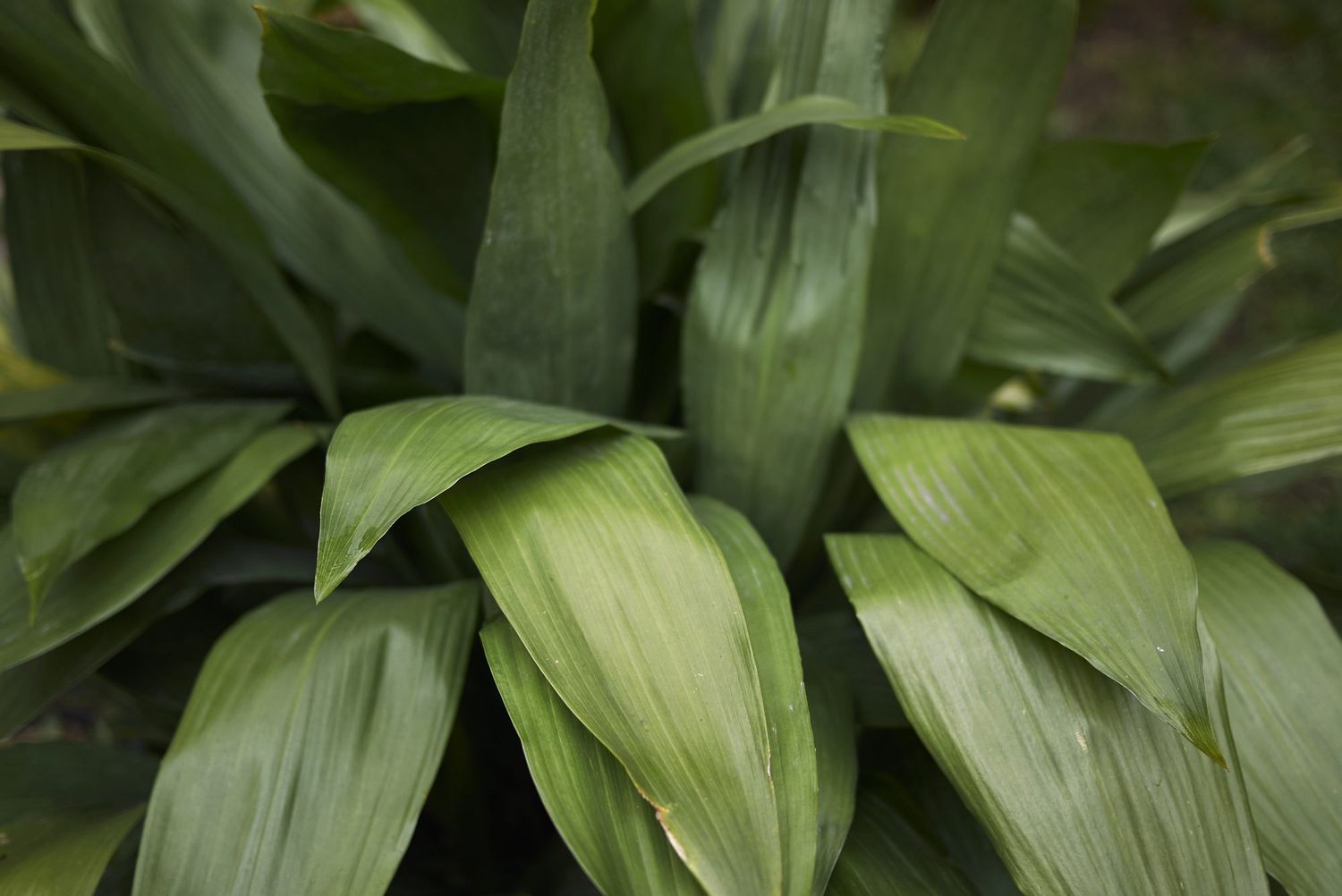
Scientific Name: Aspidistra
Cast iron plant thrives in the shade and is a great choice for amateur gardeners. That’s because they do well indoors and out, even when neglected. This sword shaped evergreen plant is hardy in USDA Zones 7 to 11. Use cast iron plant in deep or filtered shade to create a tropical look in the garden year round.
Creeping Fig
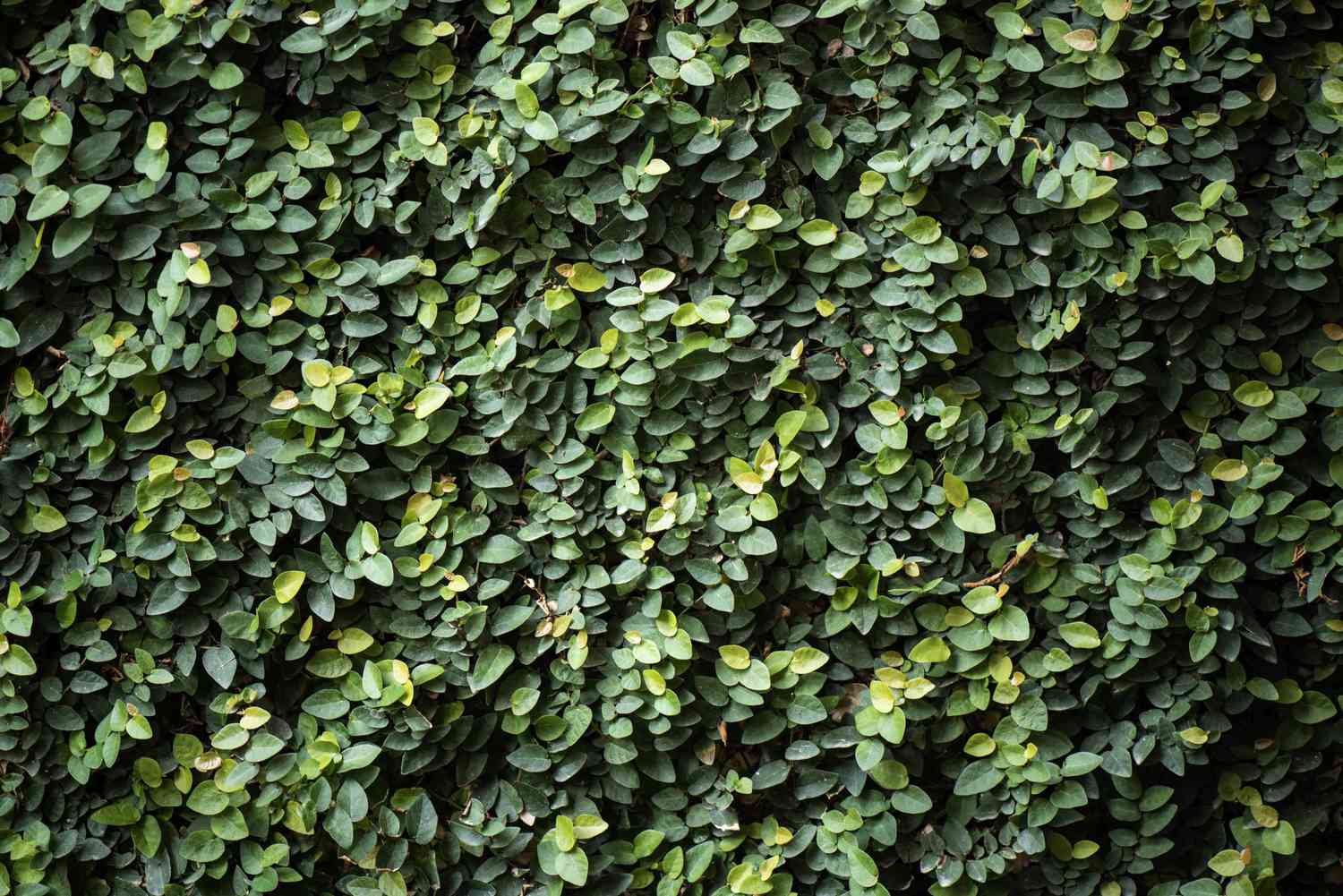
Scientific Name: Ficus
Creeping fig, or Ficus pumila, can grow in sun or shade. It’s an evergreen vine that can also be grown indoors with moist soil. This handsome green climber is often used to cover fences and rock walls. Creeping fig is hardy in USDA Zones 7 to 11.
Creeping Jenny
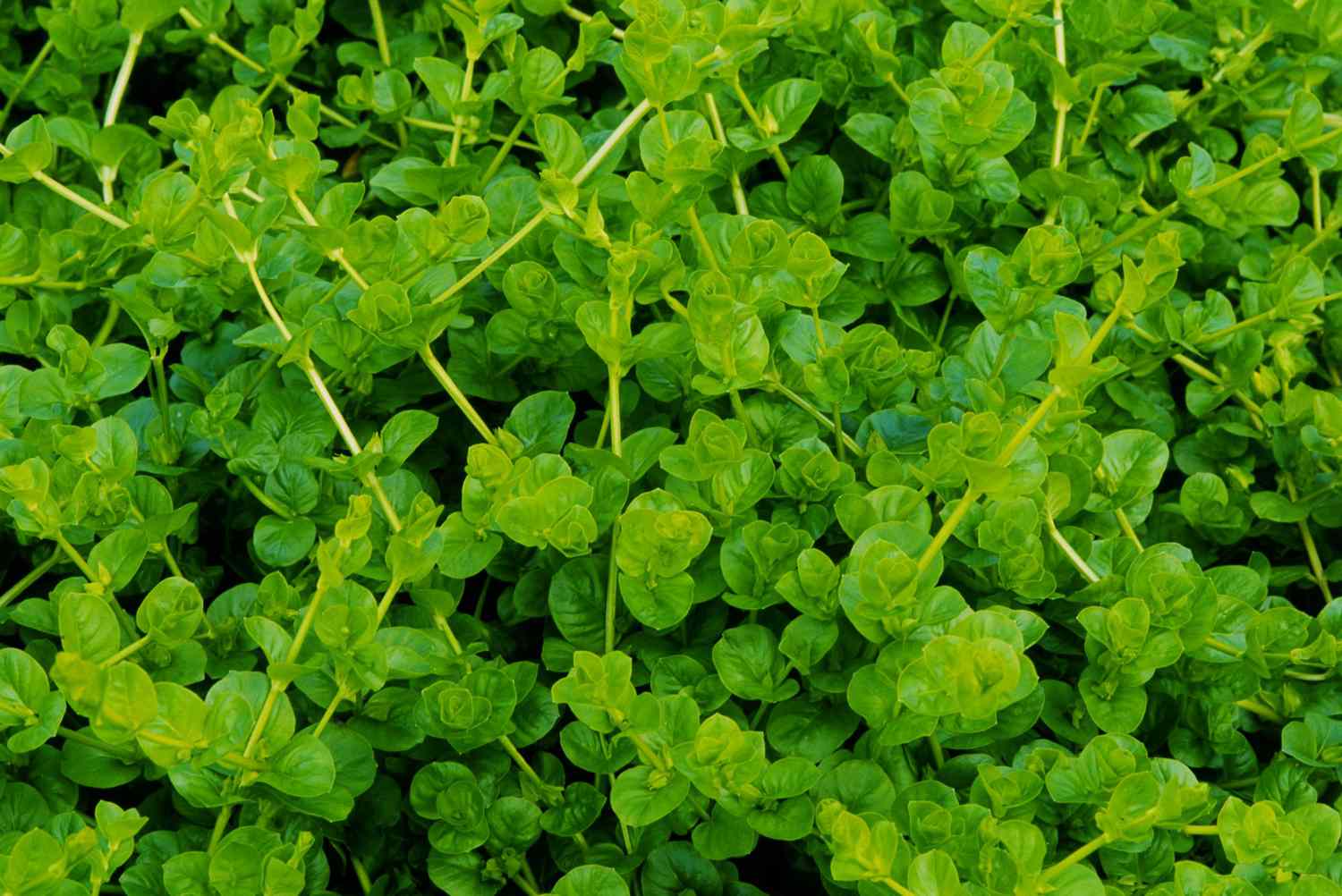
Scientific Name: Lysimachia
Lysimachia nummularia, or creeping Jenny, is a bright green groundcover that spreads quickly in sun or shade, spilling over garden walls, pavers, and containers. This winter-hardy plant creates a luxurious carpet in almost any setting and is considered invasive in some states.
Columbine
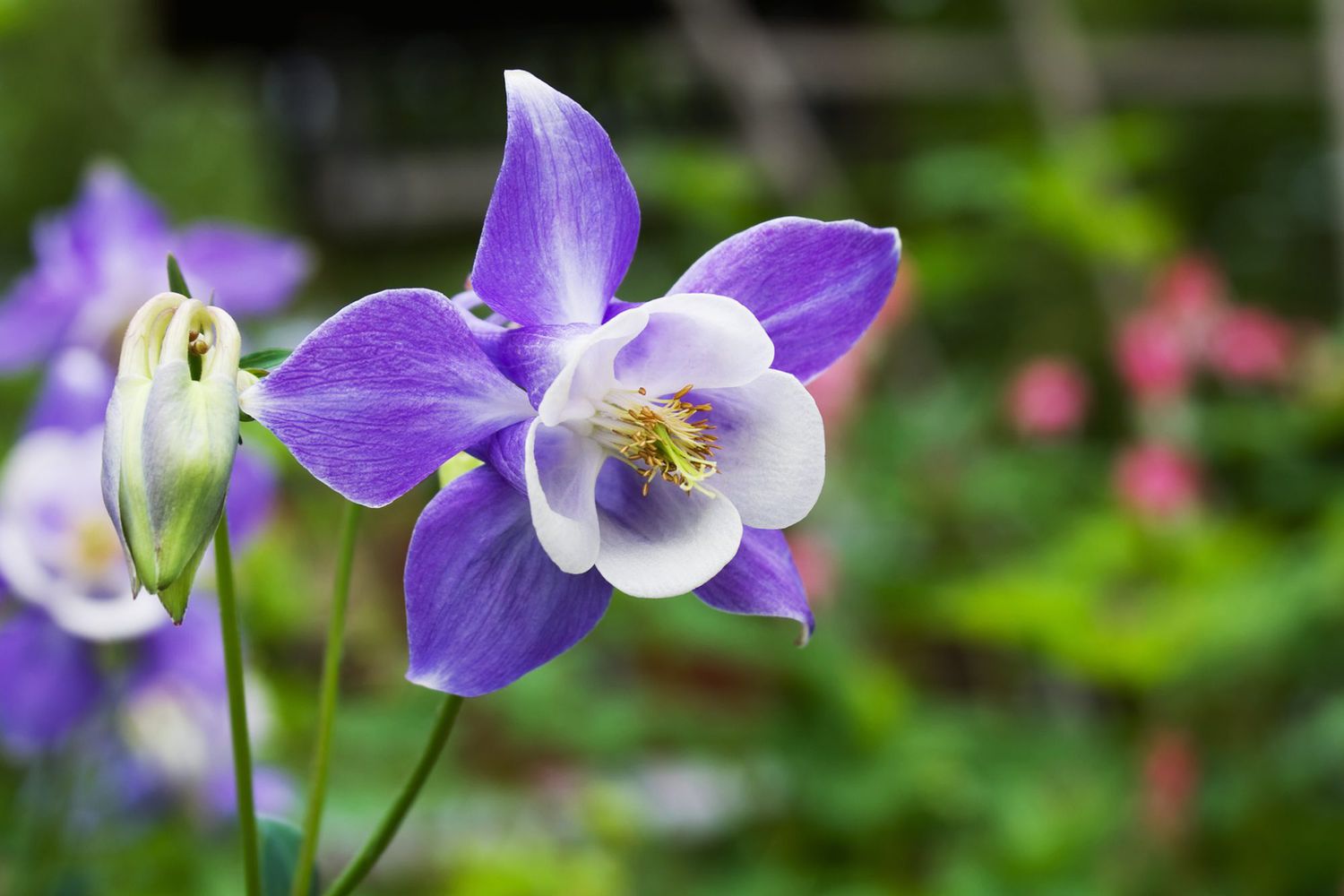
Scientific Name: Aquilegia
According to The Southern Living Garden Book, «Lacy foliage and beautifully presented flowers in exquisite pastels, deeper shades, and white give columbines a fairylike, woodland-glen quality.» Columbine prefers to grow in part sun or shade, sending up its nodding, bi-colored flowers each spring. This perennial will go dormant in very hot climates.
Cyclamen
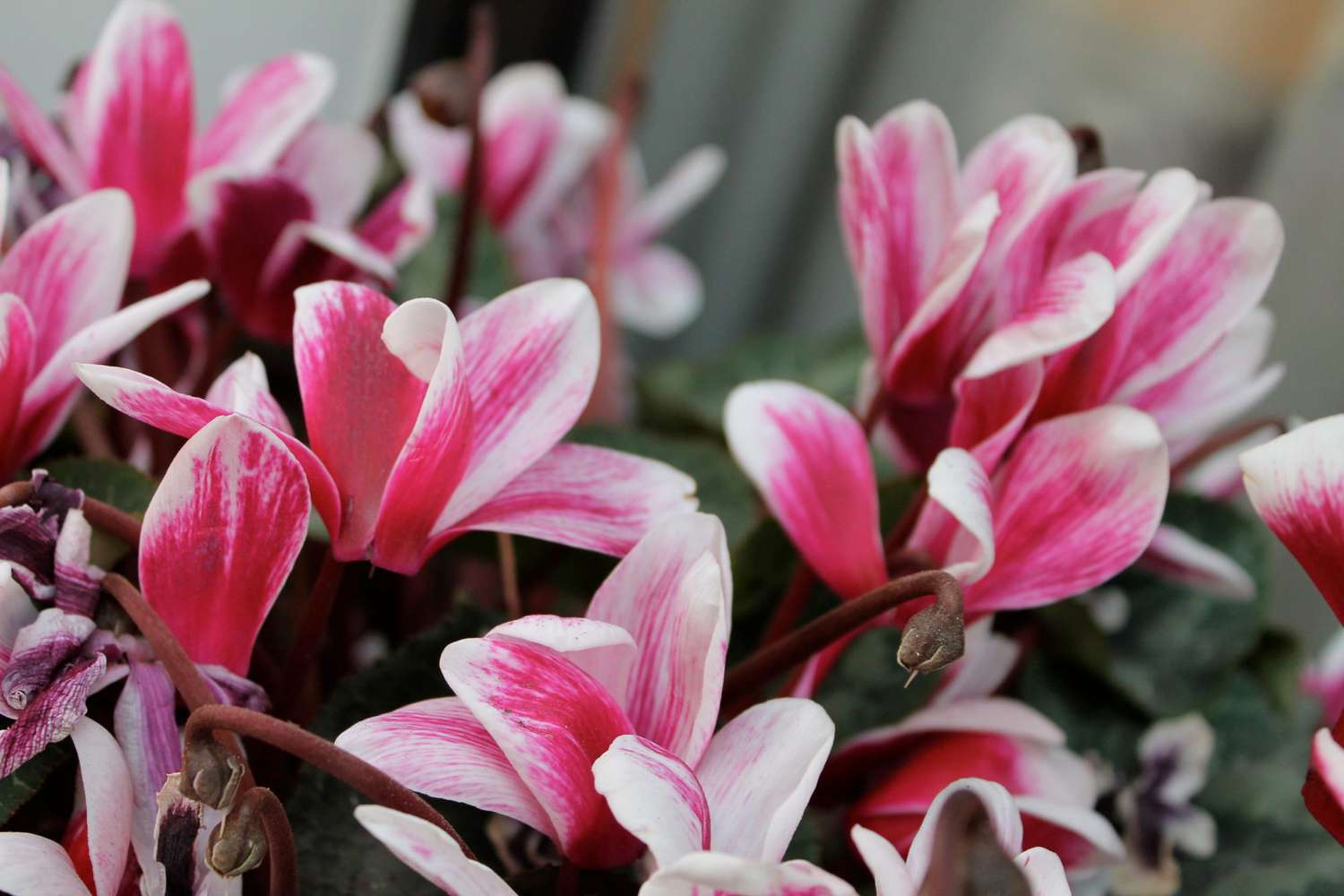
Scientific Name: Cyclamen
These hardy plants tolerate shade and bear delicate, fluttering flowers. They’re great choices for low-light areas and rock gardens. Cyclamen goes dormant in summer and revives to bloom when temperatures cool, adding a much-needed splash of color from fall to early spring.
Foxglove

Scientific Name: Digitalis
These dramatic plants produce tall spikes of spotted, bell-shaped flowers that thrive in shade with regular water. Foxgloves are biennials that bloom in late spring or summer in their second year. Let some go to seed each year for a continuous crop of charming flowers.
Hosta
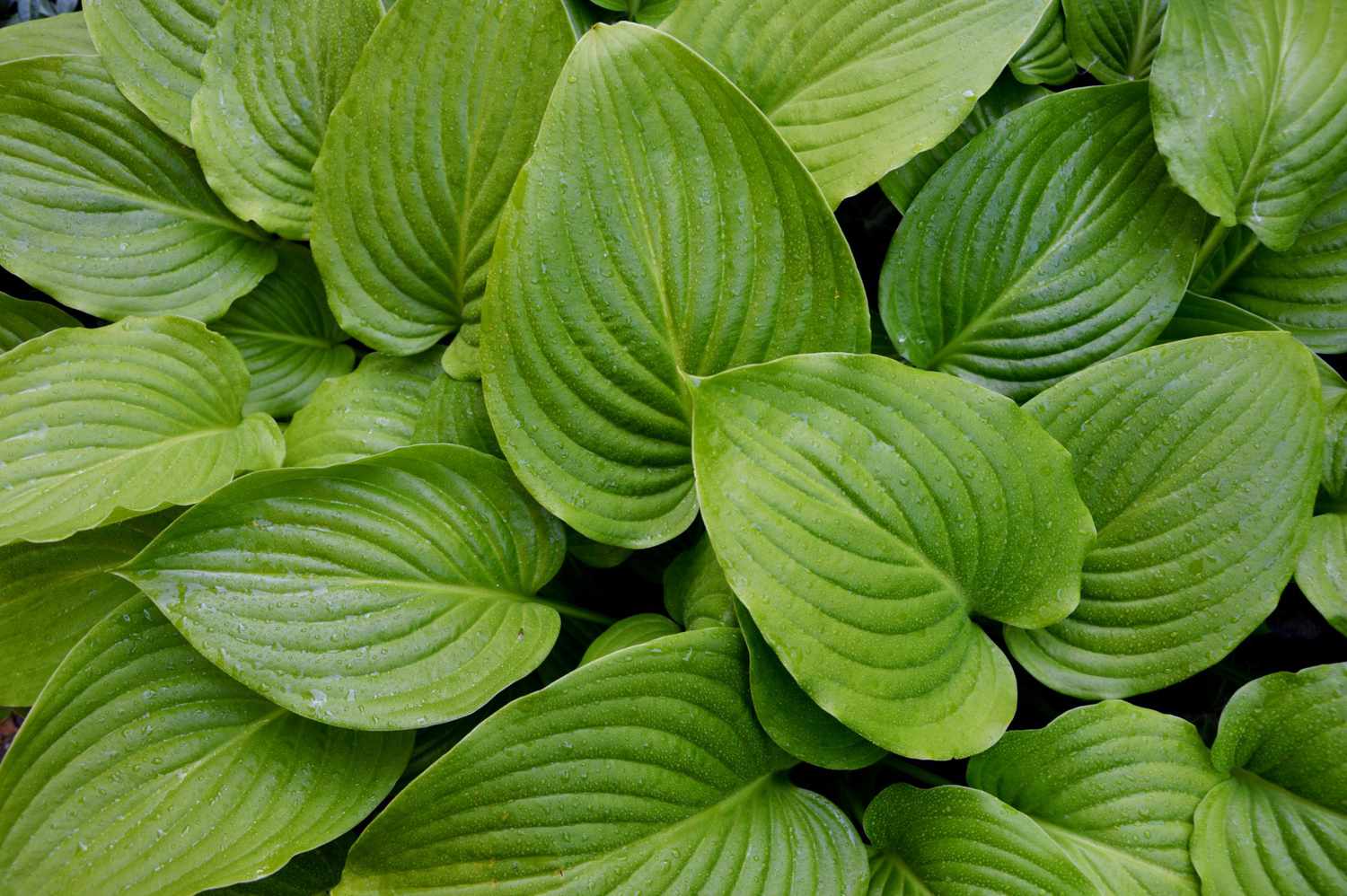
Scientific Name: Hosta
These plants produce sprawling clumps of striking foliage in a variety of green, chartreuse, blue, and variegated shades. Depending on the variety, hosta leaves can be tiny, huge, cupped, or wrinkled and sport purple or white blooms. Hostas make an excellent edging or groundcover, but will go dormant in winter.
Impatiens
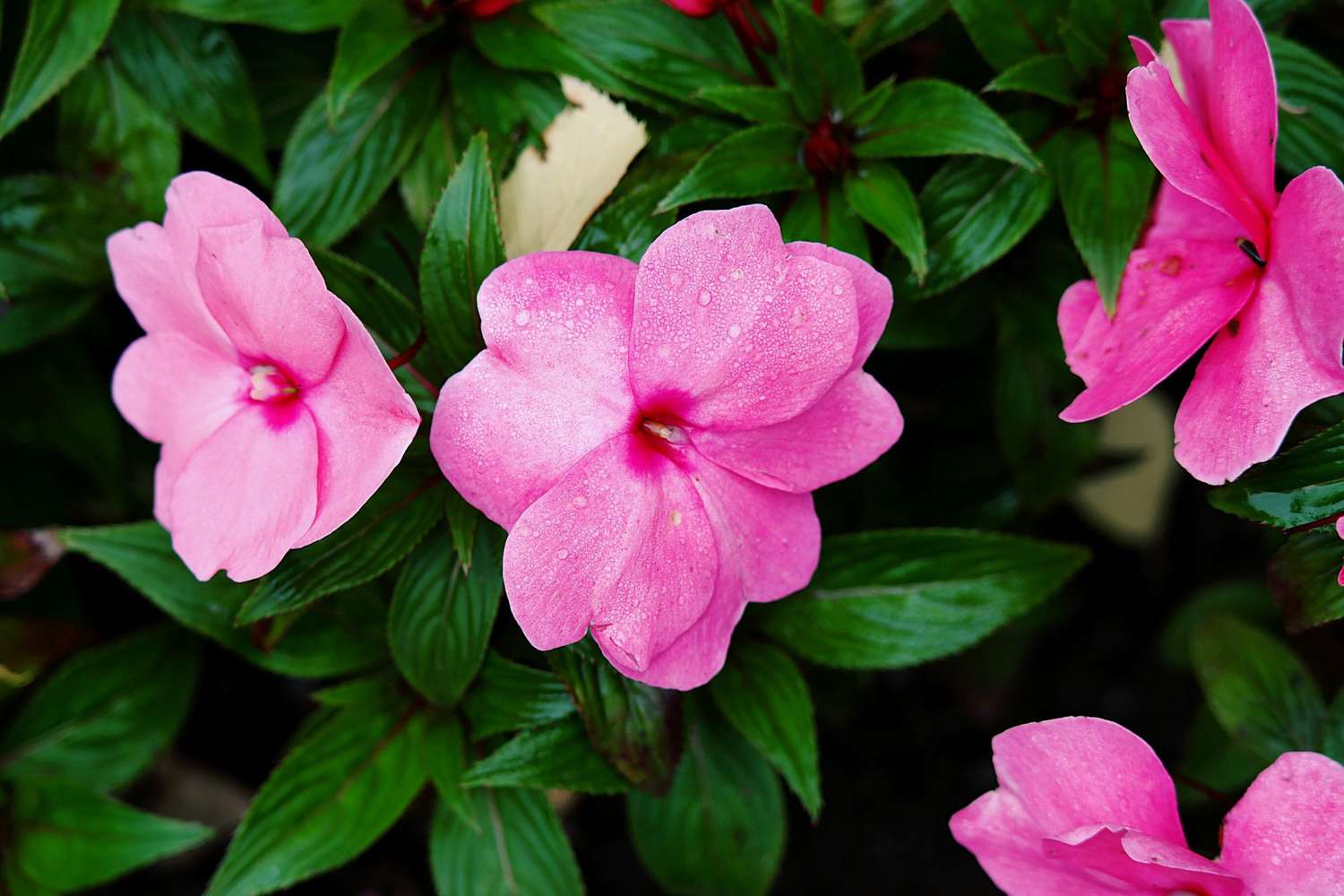
Scientific Name: Impatiens
These blooming beauties add a dose of color to shady spaces and come in hues of magenta, pink, peach, white, and red. Impatiens are popular in hanging baskets, in containers, and for lining flower beds. These mostly warm-season annuals—some are hardy in USDA Zones 10 and 11—can tolerate sun as well as shade, but all require ample watering.
Lobelia
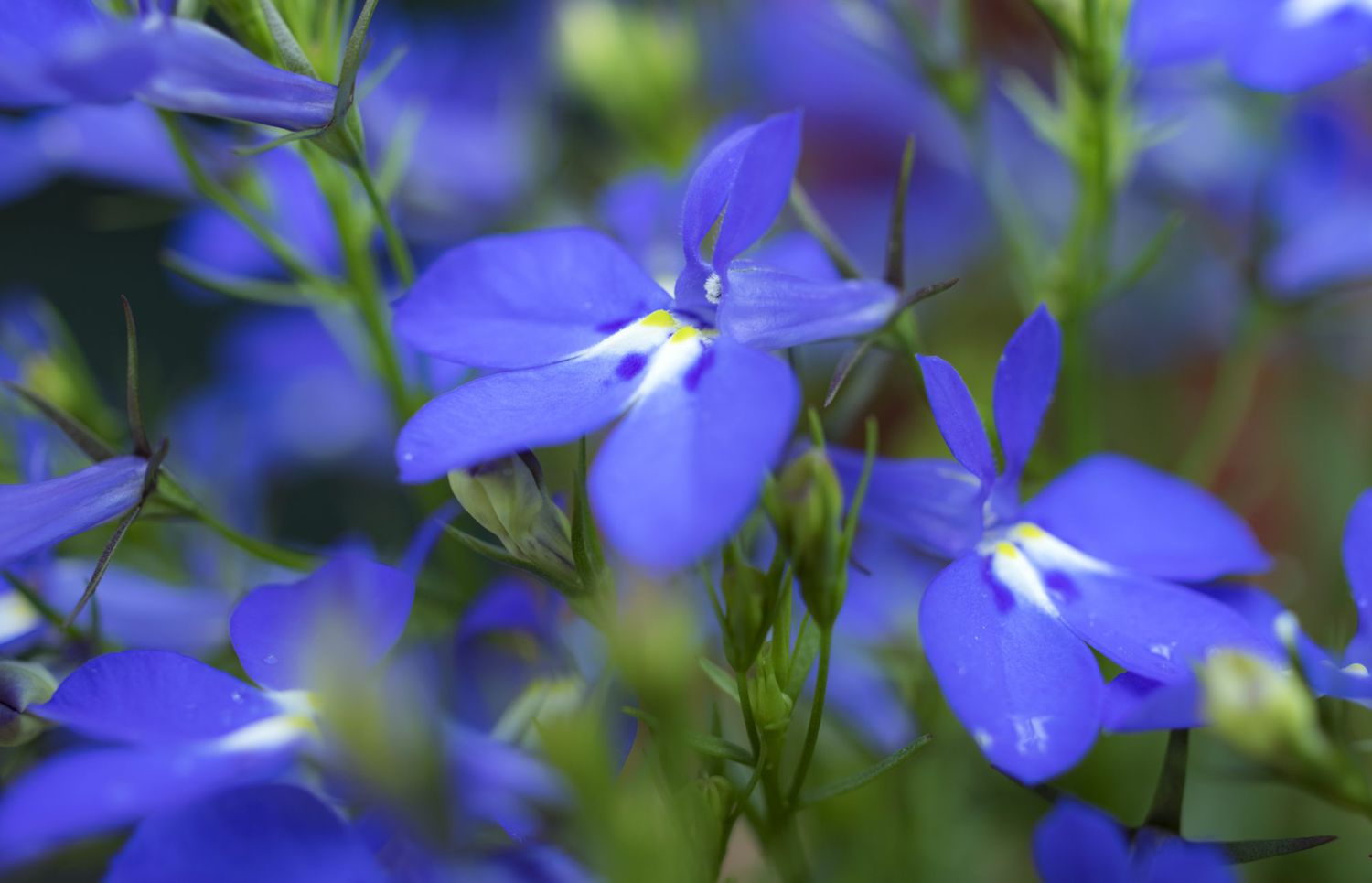
Scientific Name: Lobelia
As a rule, lobelias thrive in rich soil with plenty of water. They will tolerate some sun, but as bog plants, they do best in shady climes. Lobelia erinus is a mounding plant prized for its vivid blue flowers during cooler months, while Lobelia cardinalis, or cardinal flower, produces hot red spikes of flowers in summer.
Hydrangea
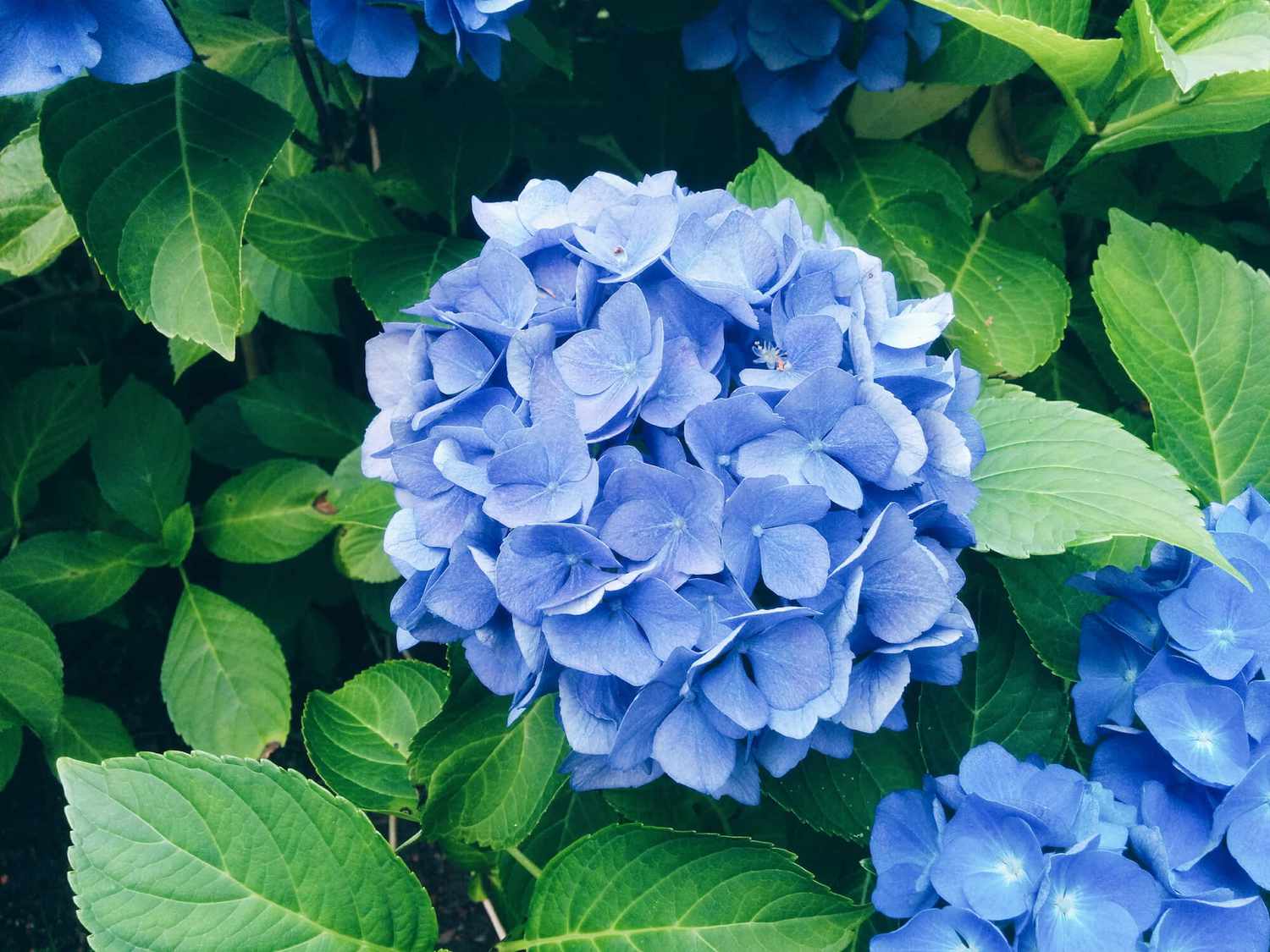
Scientific Name: Hydrangea
No shade garden is complete without hydrangeas, the big-leaved deciduous shrubs that flaunt large flower clusters in late spring and summer. Hydrangeas can be small or tree-sized with mophead, panicle, or lacecap flowers in white, blue, purple, or pink. Hydrangeas prefer afternoon or filtered shade and require plenty of water in hot weather.
Sources
Southern Living is committed to using high-quality, reputable sources to support the facts in our articles. Read our editorial guidelines to learn more about how we fact check our content for accuracy.
- Clemson Cooperative Extension. Rhododendron.
- University of Florida, Institute of Food and Agricultural Science. Begonias.
- Wisconsin Horticulture Division of Extension. Boston fern, Nephrolepis exaltata «Bostoniensis».
- NC State Extension. Buxus sempervirens.
- NC State Extension. Aspidistra elatior.
- Clemson Cooperative Extension. Climbing fig.
- Wisconsin Horticulture Division. Golden Creeping Jenny, Lysmachia nummularia «Aurea».
- Wisconsis Horticulture Division of Extension. Eastern Red Columbine, Aquilegia canadensis.
- Wisconsis Horticulture Division of Extension. Cyclamen.
- NC State Extension. Penstemon digitalis.
- University of Minnesota Extension. Hostas.
- NC State Extension. Impatiens walleriana.
- NC State Extension. Lobelia cardinalis.
- Clemson Cooperative Extension. Hydrangea.